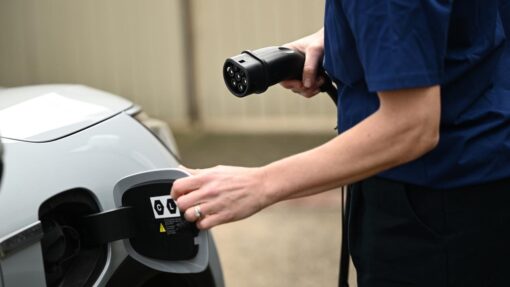GPs say telehealth is here to stay and funding rules must be fixed to support it
Richard Dinnen - Queensland Editor |

Australia’s general practitioners say they and their patients have embraced telehealth and have called on the Federal Government to fix the way Medicare supports it.
Telehealth involves doctors “seeing” existing patients by phone or video link. It’s proved popular in rural and remote areas and became widespread during the early stages of the COVID-19 pandemic.
A Queensland Health plan says all patients should have the choice by 2026, where clinically appropriate, to get their healthcare by telehealth.
But the Royal Australian College of General Practitioners (RACGP) says funding for telehealth, via Medicare, has been confusing and inconsistent.
RACGP president, Karen Price, said telehealth helps many people get timely and appropriate care, but problems need urgent attention.
“There are several challenges the new Government must face head on.

“Abrupt and constant changes to Medicare item numbers, descriptors, and interpretation have resulted in widespread confusion and an unprecedented amount of administrative work for practice teams across Australia.
“The Government should also ensure that patients with complex needs can access the care they require by making longer telephone consultations a permanent fixture of telehealth.
“Removing Medicare rebates for longer phone consultations is particularly detrimental for Aboriginal and Torres Strait Islander people, older patients, people with disability, and those living in rural and remote areas.
“These groups already have poorer health outcomes than the general population, so making these Medicare items for longer phone consultations permanent needs to be a high priority for the new Government.”
The RACGP made the call in its submission to the Australian National Audit Office review of the expansion of telehealth services over the past two years.
Professor Price said vital lessons should be learnt from the staged telehealth rollout.
“The introduction of Medicare telehealth item numbers was an unnecessarily overcomplicated and confusing process that took up too much time and energy for GPs and general practice teams.
“Whole of population telehealth services should have been introduced when funding for telehealth was first announced.
“Instead, rules and requirements changed repeatedly over many months. It has been difficult for practices to stay on top of the rules and requirements.
“The lack of information about whether telehealth items would be extended has often led to a great deal of uncertainty.
“Telehealth was eventually made permanent on 1 January this year, but until then, GPs could not confidently book telehealth appointments with patients for the weeks ahead.
“I look forward to working with the newly elected Government and the Department of Health on the continued rollout of telehealth.
“I hope we can ensure better access for patients while making it easier for GPs and practice teams to understand and implement the necessary changes.”



